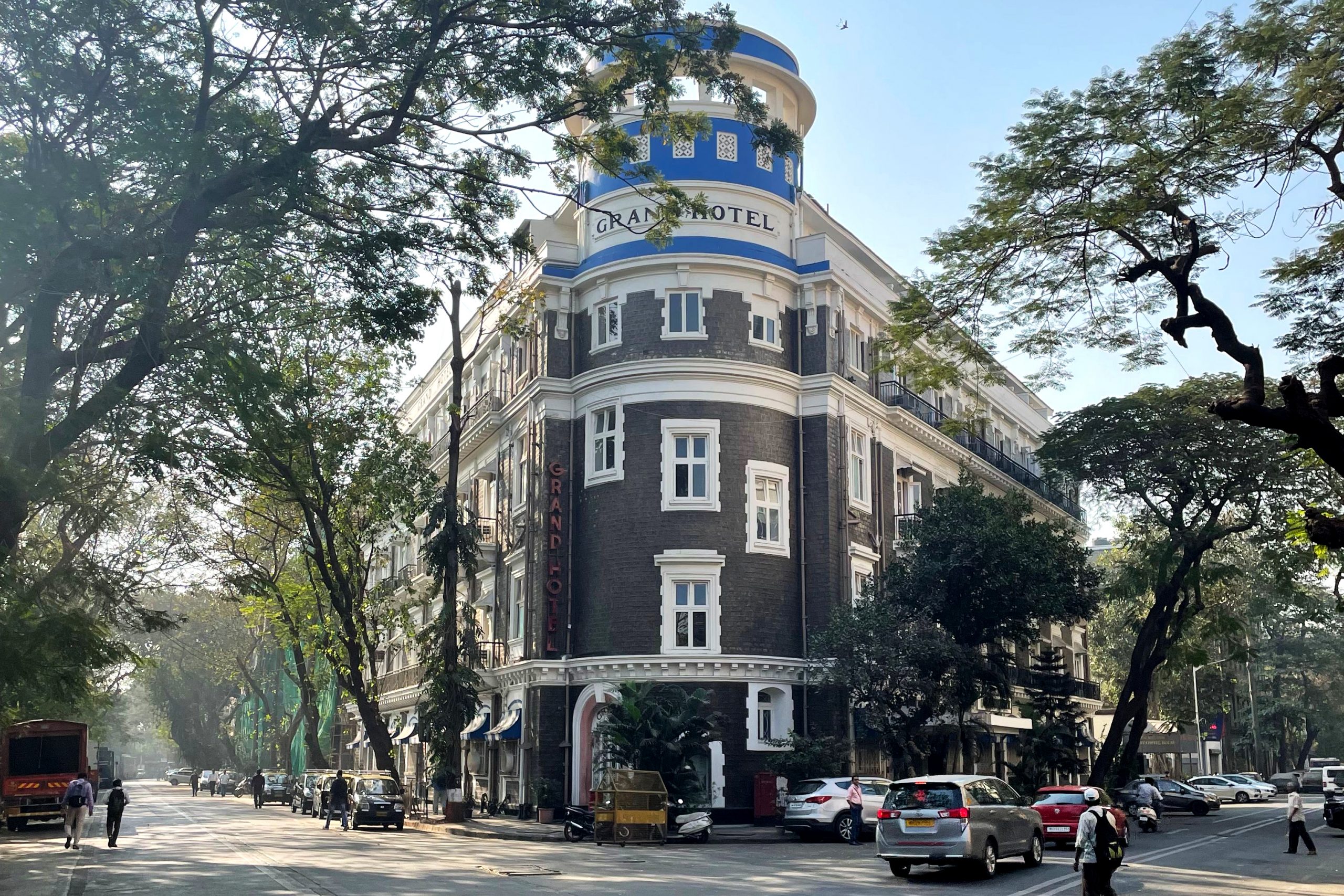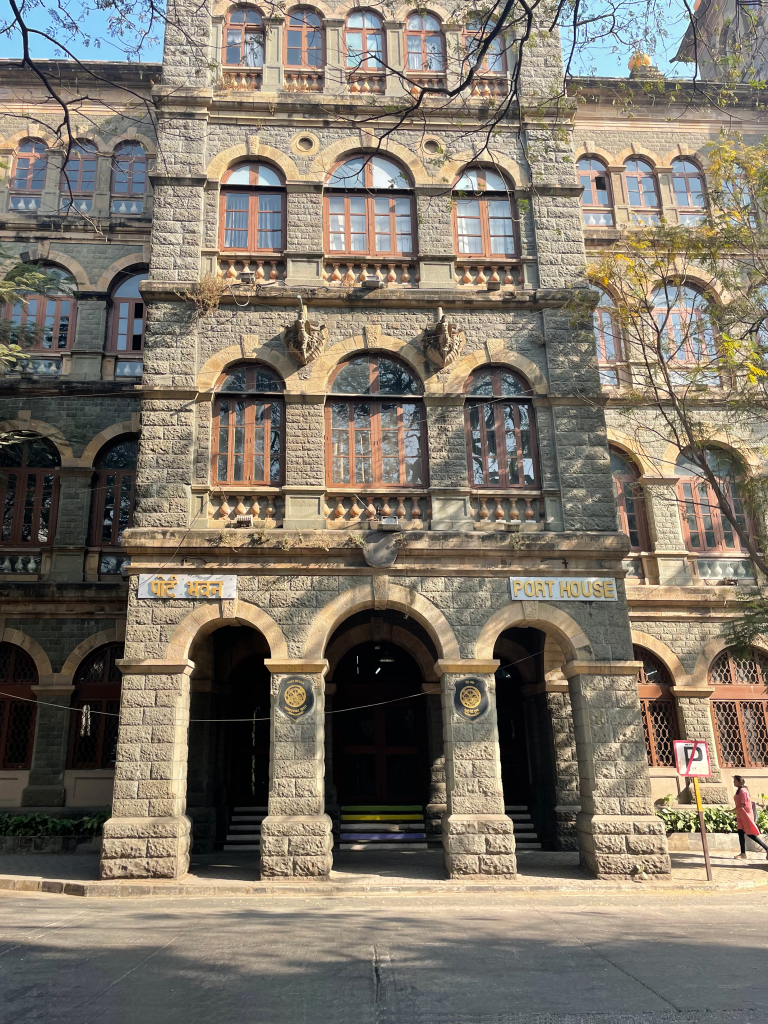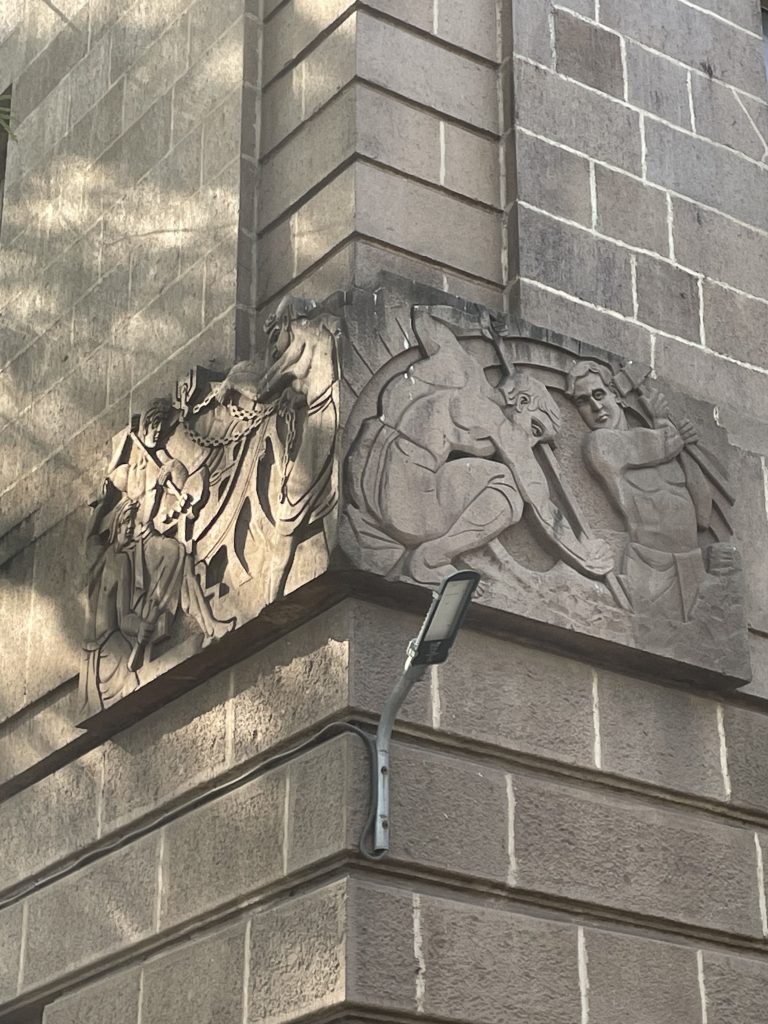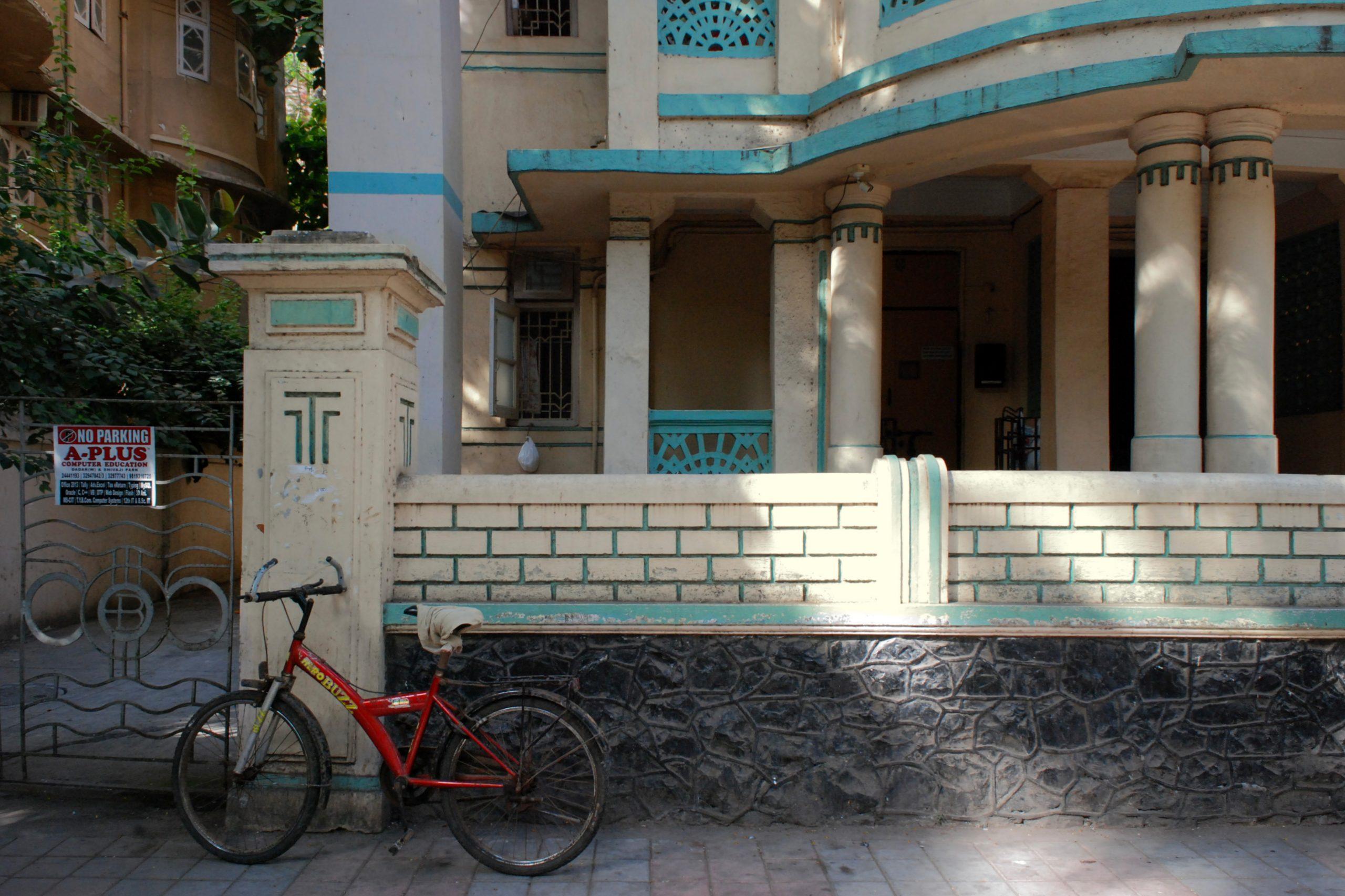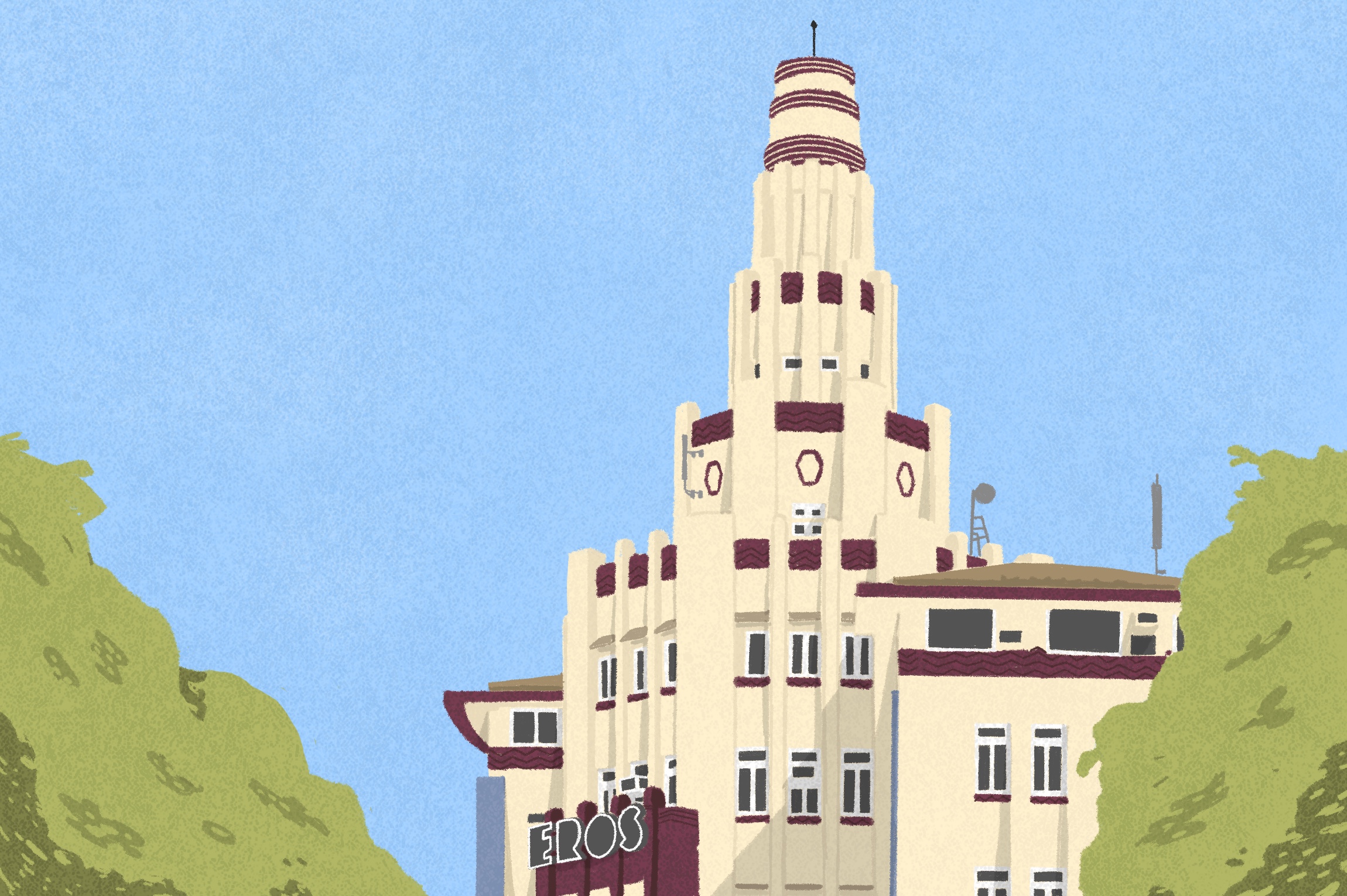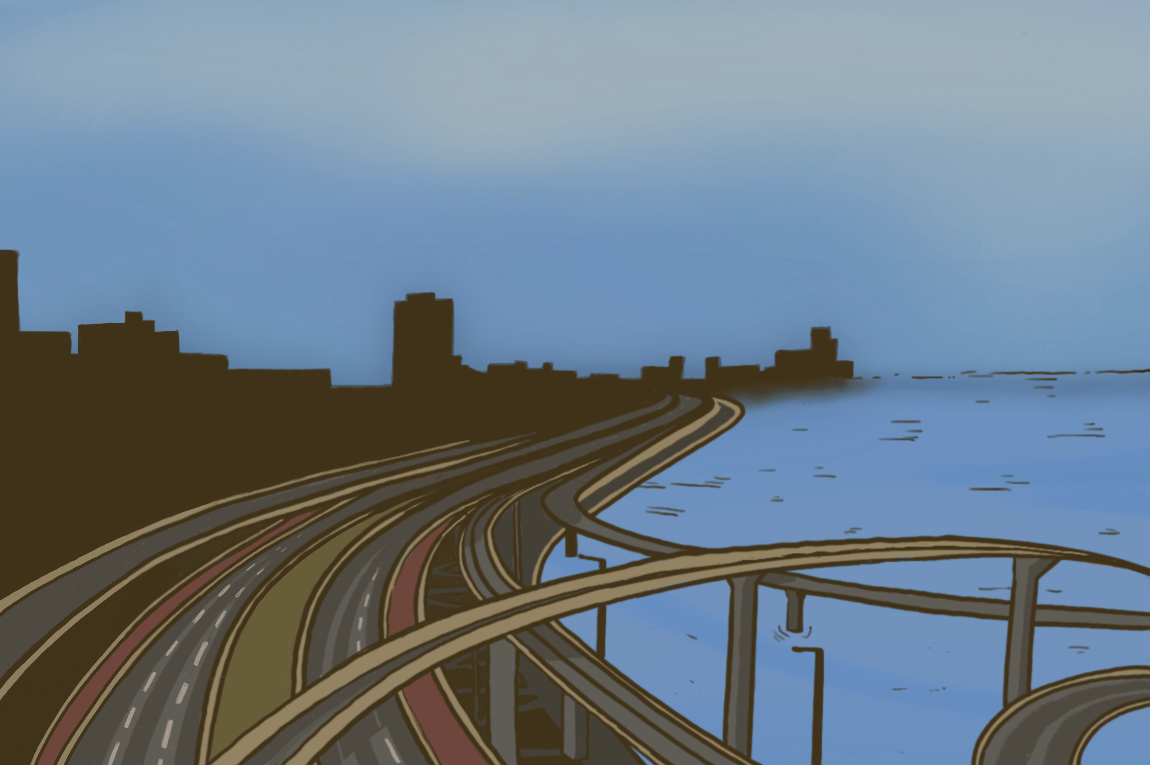Heritage walks are like a treasure hunt, filled with the excitement of discovery. There are few things that surpass the delight of uncovering the secrets of streets and neighbourhoods during a leisurely stroll. I had to conduct one such walk for a small group in Ballard Estate in Fort, in south Mumbai, and decided to amble around the area by myself prior to the walk. As I stepped into the precinct, I was immediately transported back in time.
Named after General JH Ballard, the first chairman of Bombay Port Trust, the area was once a sea-flooded foreshore until it was reclaimed by Bombay Port Trust (now Mumbai Port Trust). Vast quantities of materials excavated from the basin during the construction of Alexandra (now Indira) Docks enabled the Bombay Port Trust to fill in and create Ballard Estate on 22 acres of land, between 1908 and 1914. It was the first consciously planned commercial area in the city.
The Trust had appointed George Wittet to design the area as a business centre in the European design tradition. Wittet planned many buildings in Ballard Estate, the Grand Hotel and the New Customs House — which served as a military hospital during World War I — being among the significant ones.
Built in the Edwardian style of architecture, the bylanes of Ballard Estate are best explored on foot. The style is characterised by simple rectangular openings on the facades with prominent keystones. Ornamentation was minimal. The introduction of the Edwardian style to Bombay’s cityscape was largely to meet the growing need of constructing public buildings, which were less ornate and would thus involve less labour. Most of the buildings have a uniformity of design in terms of symmetry and proportionality, with broad, well-developed, tree-lined avenues. Ballard Estate is home to prominent landmarks such as the Prince of Wales Seamen’s Club, Hamilton Studios, Darabshaw House, Marshall Building, Britannia Restaurant, Port House and the War Memorial among others.
It is also fascinating to note how the names of some of the streets in Ballard Estate have come about. For instance, Goa Street, Cochin Street, Mangalore Street and Calicut Street continue to serve as reminders of the area’s past. Samuel T. Sheppard in his book Bombay: Place-Names and Street-Names mentions that most of these streets were christened around 1888, albeit renamed in the recent past. Prior to the establishment of major docks such as the Alexandra Docks, there were several jetties dotting the coastline of south Bombay. They served as docking points for smaller shipping vessels from the western coast of India that transported goods like spices and coconuts for purposes of trade. Each jetty was associated with a particular port city in the country, such as Cochin (now Kochi) or Calicut (now Kozhikode) and, consequently, the street that led to the jetty was named after the place from where the vessels originated.
Moreover, not many would know that the Bombay Port Trust Railway had a railway line which ran parallel to the city’s docks, connecting Ballard Pier to Wadala. In 1913, the Trust extended the rail lines of the Great Indian Peninsula Railway (GIPR) from Wadala to the Alexandra Docks. The famous Frontier Mail ran between Ballard Pier Mole Station, Bombay and Peshawar. Ballard Pier was used for the arrival and departure of passengers by weekly mail steamers. Presently, nothing remains of the original railway station. The Ballard Bunder Gate to the station was restored by the Western Naval Command and converted into a maritime museum.
As I walked along the streets, I stumbled upon numerous landmarks associated with the shipping and business industries, including Construction House, Neville House, Thackersey House, Kamani Chambers and Dubash House.
It is in this area where several major colonial shipping, engineering and agency houses stand, namely Balmer Lawrie & Co; Shaw Wallace & Co; Marshall & Sons; and the British India Steam Navigation Co. Look out for unique design elements on the facades of these buildings — sunburst-shaped grilles, sculpted ships on top of the Port Trust building, and panels in the Art Deco style. Some of the Deco features include a consistent eyebrow that borders the terrace, prominent pilasters on the walls emphasising their height, and bas-reliefs on the corners.
The War Memorial was erected by the Trust in 1919 to commemorate the Port Trust officers who died during the First World War. The Bombay Port Trust building and Darabshaw House are situated near this memorial. The latter was the location of the erstwhile Regent Hotel, a rival of the Grand Hotel, though Grand was always the preferred choice among elite guests.
I realised that the walk is about so much more than the architecture — since most of the buildings are similar in structure. These buildings speak about the history of Ballard Estate. I thoroughly enjoyed wandering around this remarkably well-designed area.
Our selection of stays across India, best visited for their design and style. Check in
Kunal Tripathi runs @mumbaiheritage, a project on Twitter and Instagram that documents lost Mumbai.
